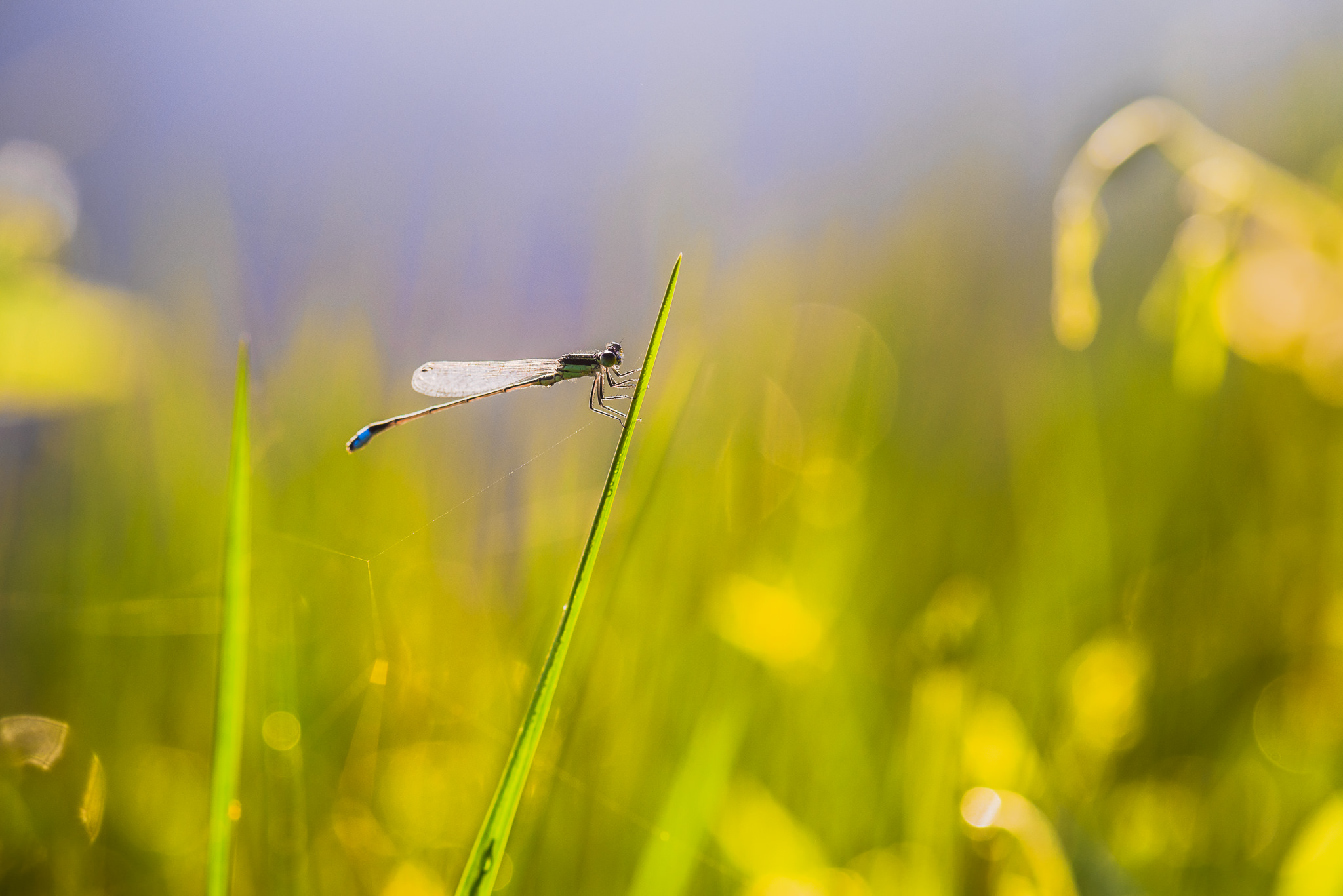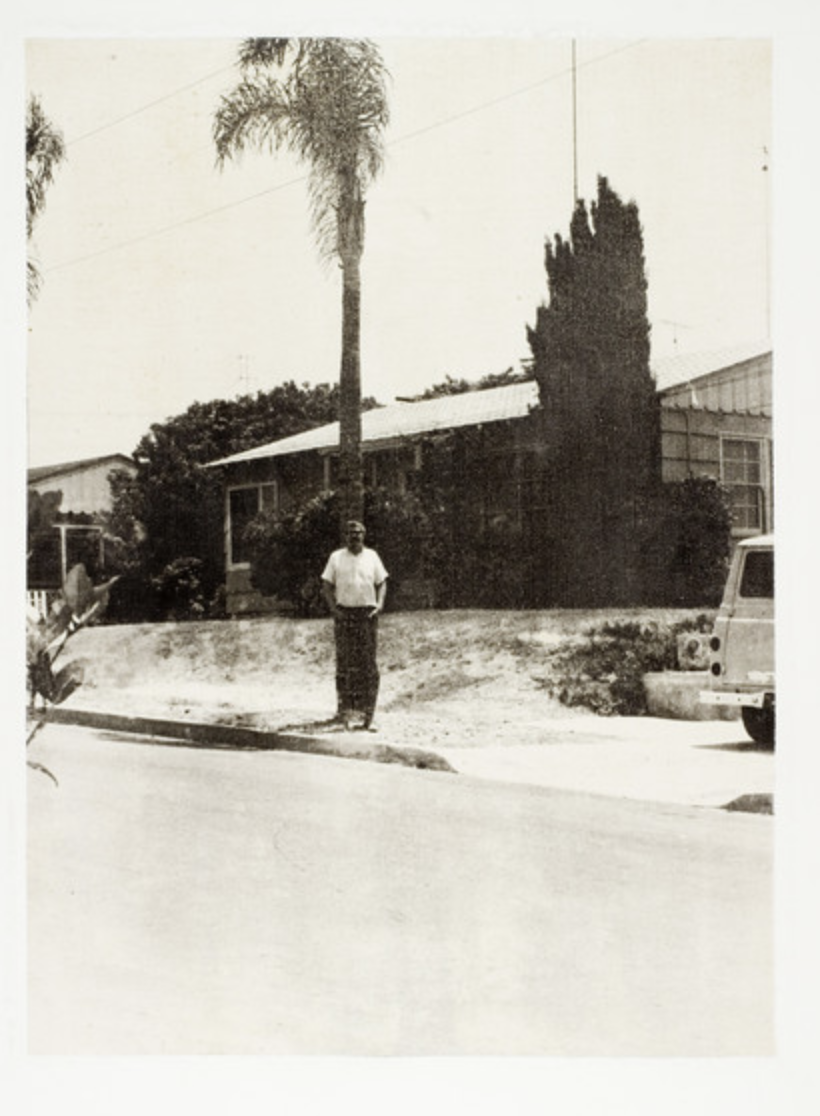The Pictorialism Movement
The Pictorialism movement in photography was a style that emerged in the late 19th and early 20th centuries. It aimed to elevate photography to the status of fine art by emphasizing the artistic interpretation and subjective vision of the photographer. Pictorialist photographers used soft focus, manipulated printing techniques, and compositional elements borrowed from painting to create atmospheric and evocative images. They sought to convey emotion and mood rather than simply document reality, often favoring landscapes, portraits, and still lifes. Pictorialism had a significant impact on the development of photography as an art form.
The Straight Photography Movement
The Straight Photography movement, also known as the “New Vision” or “Objective Photography,” emerged in the early 20th century as a reaction against the soft-focus, manipulated aesthetics of Pictorialism. Photographers associated with this movement, such as Edward Weston, Aaron Siskind, Uta Barth, and Andres Gursky sought to capture the world as it truly appeared to their eyes. They valued sharp focus, precise detail, and the ability to freeze a moment in time. By focusing on the essence of the subject matter, they aimed to reveal the beauty and significance of the mundane.
Straight Photography became popular among photographers because it aligned with the modernist movement, which rejected traditional artistic conventions and embraced the realities of the modern world. It emphasized objectivity and the depiction of everyday life. Advancements in camera technology, like smaller and more portable cameras, allowed photographers to capture spontaneous moments. Faster films with better sensitivity also helped capture sharp and detailed images in different lighting. Overall, Straight Photography offered a fresh and honest approach to capturing the world, contributing to the development of photography as a respected art form.
Edward Weston and Aaron Siskind
Edward Weston and Aaron Siskind have both been influenced by the Straight Photography Movement, which emerged in the early 20th century. This movement emphasized capturing subjects with clarity, precision, and objectivity, rejecting the pictorialist approach that used soft focus and manipulation techniques. Straight photographers aimed to present the world as it appeared, focusing on form, texture, and composition.
Edward Weston
Edward Weston, known for his iconic black-and-white photographs, was a prominent figure in the Straight Photography Movement. He embraced the movement’s principles by capturing sharp, detailed images of various subjects, including landscapes, still lifes, and nudes. Weston’s photographs emphasized the inherent beauty of the subjects through careful composition and precise tonal range. He often explored close-ups and abstract compositions, highlighting the textural qualities of his subjects. Weston’s approach to photography was characterized by a strong sense of formalism and a dedication to technical excellence.

Pepper N0.30.1930
“Pepper No. 30″ is a gelatin silver print taken by Edward Weston in 1930. Measuring 9 7/16 x 7 1/2” (24 x 19 cm), it is one of Weston’s most iconic photographs. The close-up perspective and careful lighting elevate the pepper to the status of a human figure, with its twisted form resembling heads leaning toward each other or a person’s back. This still-life arrangement reflects American artists’ exploration of traditional themes in new modern ways.
Aaron Siskind
Similarly, Aaron Siskind was influenced by the Straight Photography Movement, although his work evolved in a different direction. Initially a documentary photographer, Siskind shifted his focus to abstraction and the exploration of the photograph as a means of artistic expression. He applied the principles of Straight Photography to capture the world around him with clarity and precision. However, he also experimented with cropping, fragmenting, and recontextualizing his subjects to create abstract compositions. Siskind’s photographs often showcased the textures, patterns, and graphic qualities found in everyday objects, highlighting their aesthetic potential.

Chicago 48
The website showcases Aaron Siskind’s photograph titled “Chicago 48.” Created in 1948, this gelatin silver print measures approximately 12.50 x 16.75 inches (31.8 x 42.5 cm). “Chicago 48” is renowned for its abstract form of expression and serves as a testament to Siskind’s innovative approach to photography, highlighting his emphasis on aesthetics and pushing the boundaries of the medium.
Conclusion
Both Weston and Siskind shared a commitment to the core tenets of the Straight Photography Movement, such as sharp focus, precise composition, and a direct approach to capturing the world. However, their individual artistic visions allowed them to push the boundaries of the movement and explore new artistic possibilities. Weston’s work focused on the inherent beauty of his subjects, while Siskind used photography as a means of abstraction and visual experimentation. Their contributions to the Straight Photography Movement continue to influence and inspire photographers to this day.
What makes it abstract?
Andreas Gursky
Andreas Gursky’s work can be characterized as abstract due to his approach to capturing and representing subjects. He often focuses on large-scale, expansive scenes that emphasize patterns, repetition, and the interplay of shapes, colors, and textures. His photographs invite viewers to explore and interpret the composition in their own way, as they often lack a clear focal point or narrative. Gursky’s images present the subject matter as it is, without significant alterations or subjective interpretations, aligning his work more with the tradition of straight photography.

Les Mées
Andreas Gursky’s photograph “Les Mées” depicts a French solar farm and creates an abstract composition reminiscent of computer-generated grids. The photo isolates the solar panels, focusing on their orderly arrangement and repetitive pattern. Gursky simplifies the image by reducing details and adopting a minimalistic approach. This highlights the shapes, lines, and patterns, inviting viewers to explore the abstract qualities of the photograph.
Uta Barth
Uta Barth’s contemporary photography is abstract, achieved through deliberate techniques like blurring and shallow depth of field. Her images lack sharpness and instead focus on the interplay of light, color, and form. While depicting everyday scenes, Barth removes specific references, inviting viewers to engage with abstract compositions. Her work defies clear categorization as either pictorialist or straight photography. It diverges from pictorialism by not imitating other art forms or conveying narratives. Similarly, while it shares some traits with straight photography, Barth’s intentional blurring and emphasis on abstraction push it beyond strict adherence to traditional principles. Instead, her practice blends abstraction, conceptualism, and subjective interpretation, resulting in a unique and captivating artistic expression.

Field #20
“Field #20” by Uta Barth is an abstract photography work characterized by deliberate blurring and shallow depth of field. The image features muted browns and greys, with striking red traffic lights that expand dramatically. The large-scale format adds to its abstract nature, appearing as colored dots up close and distorted street scenes from a distance, as if viewed through wet glass. Barth’s intentional blurring challenges traditional photography, encouraging viewers to focus on the visual experience rather than specific subjects.
Conclusion
In conclusion, Uta Barth and Andreas Gursky are influential contemporary photographers who have challenged traditional notions of photography. Barth explores perception through abstraction, while Gursky captures expansive scenes of modern life. Both artists push the boundaries of the medium and offer thought-provoking perspectives. Their contributions continue to shape and inspire contemporary photography.
























